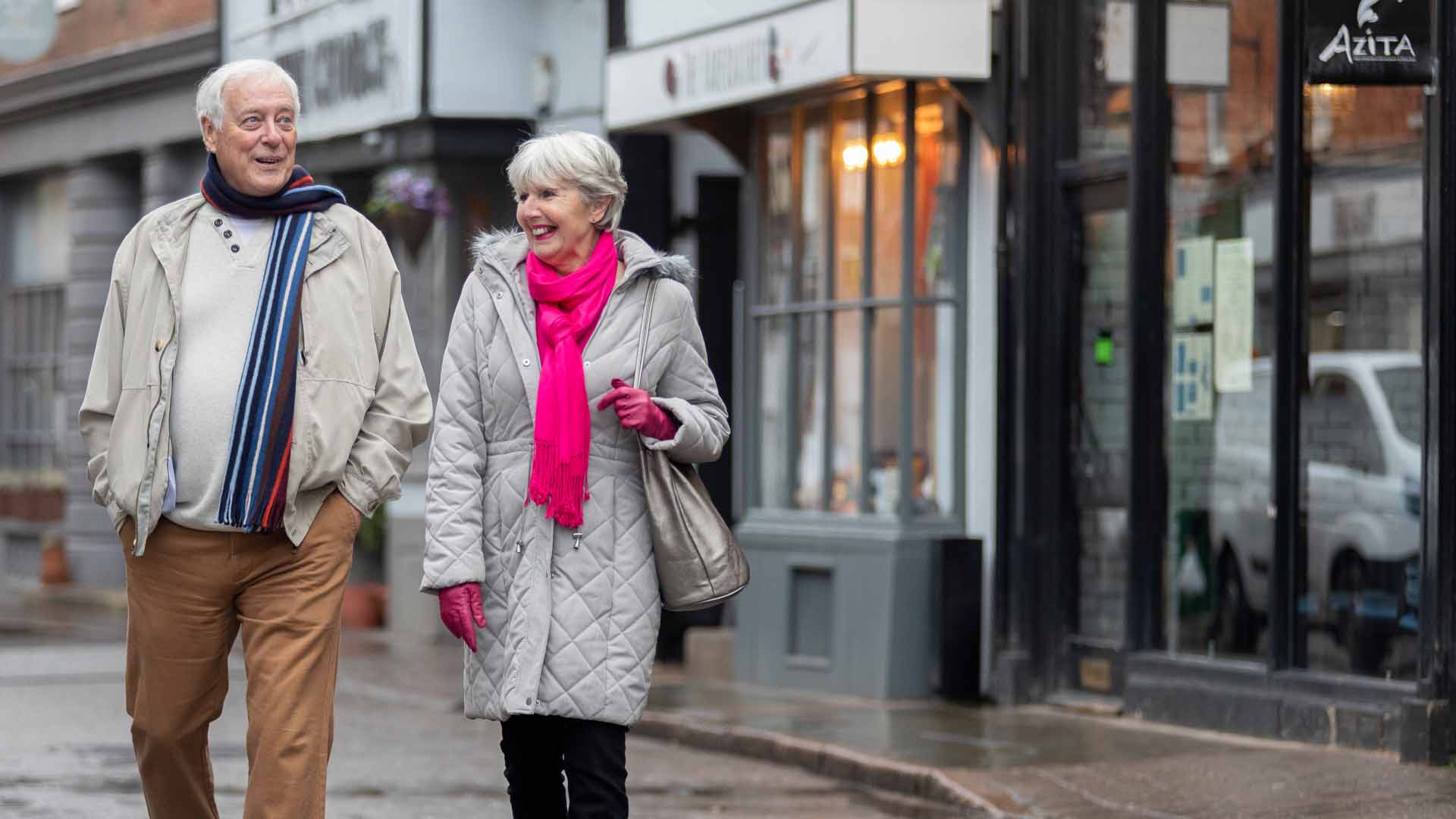
Report finds retirement housing creates more economic value than any other type of residential development, with residents contributing more to local shops, jobs, services and communities than any other group.
A new report shows how people living in retirement housing can help to revitalise our high streets after the Covid-19 pandemic.
With many retirees increasing their savings since the virus hit, the Homes for Later Living campaign group has said that “silver saviours” could come to the rescue of Britain’s battered shops and communities post-pandemic if much-needed retirement housing developments are built in or close to town centres and high streets.
A new report from the group by a former government economist finds that people living in a typical 45 apartment retirement development generate £550,000 of spending per year – with £347,000 going to local shops on the high street, supporting retail jobs and keeping amenities open.
John Slaughter, chair of Homes for Later Living, said: “Spending by older people in specialist retirement developments can help maintain shops and services from the newsagents and the butchers to the flower shop and the local cafe – in other words the shops and services which make up the heart of our local communities. Building more specialist retirement housing in central locations would also relieve the pressure on green field sites and it would free up more family homes for younger buyers.”
Alongside the high street spending figures, the new report shows that retirement housing creates more local economic value and more local jobs than any other type of residential housing. A new standard-sized retirement development would bring 85 temporary construction jobs and a further six permanent jobs on average, the research finds.
The report findings mean that if the UK were to build 30,000 retirement properties every year, the quantity needed to keep pace with our ageing population, it would result in around £2bn of additional economic activity every year across the country – or £20bn over 10 years, roughly equivalent to 1% of current UK GDP over a decade. Just c.8,000 were built in 2019 pre-Covid.
Homes for Later Living is asking the Government to set a national target of delivering 30,000 retirement properties per year, consistent with the level of demand. This would amount to just 10% of the national house building target.
The group is also calling on Rishi Sunak to make the stamp duty holiday announced last year a permanent arrangement when he delivers this year’s Budget. This would encourage more older people to downsize into suitable retirement accommodation, freeing up homes for families and first-time buyers.
UK-wide polling commissioned by Homes for Later Living indicates that new retirement housing would be welcomed by the majority of people. It also shows that the generation of local jobs is the most important factor in people’s support for new developments.
